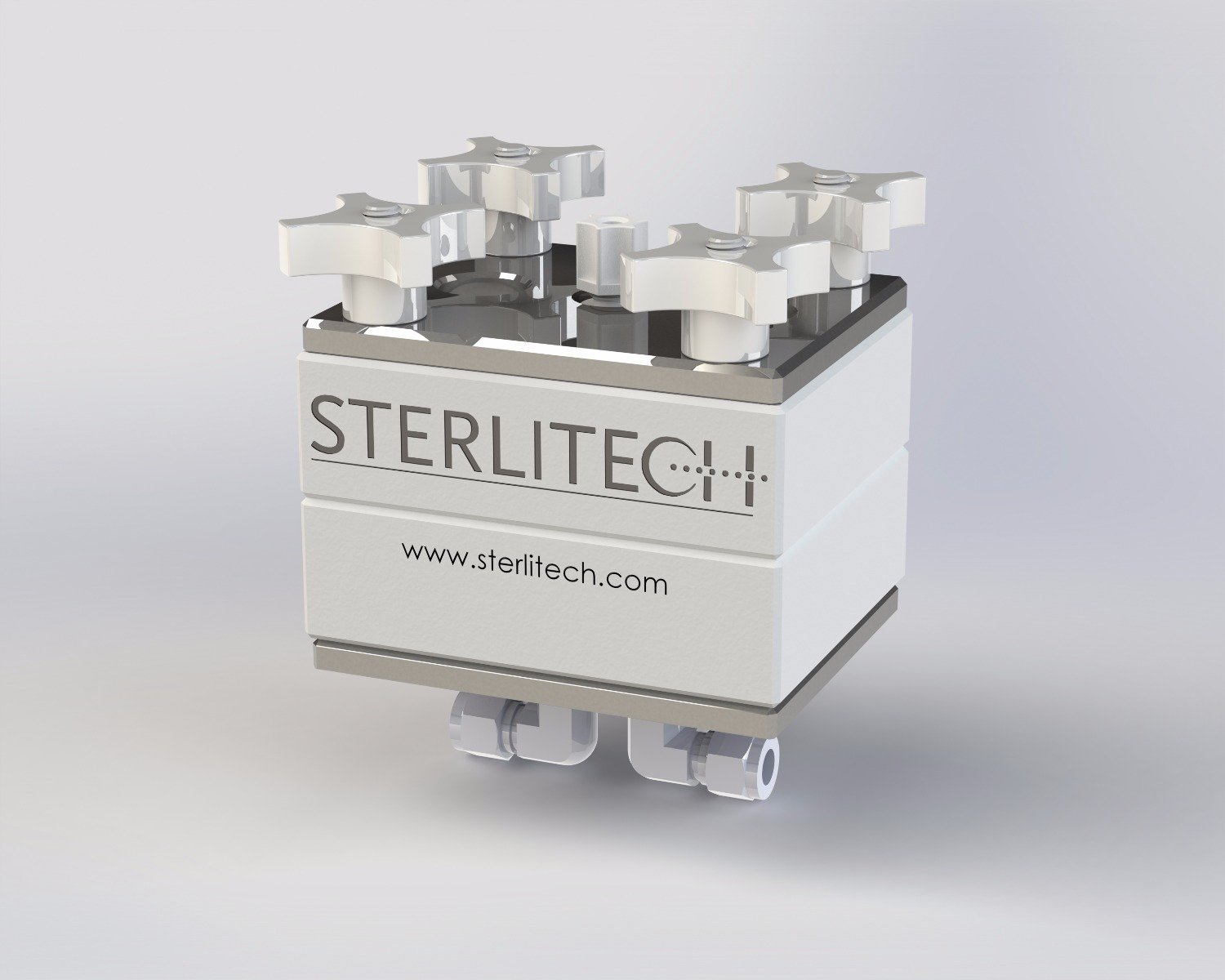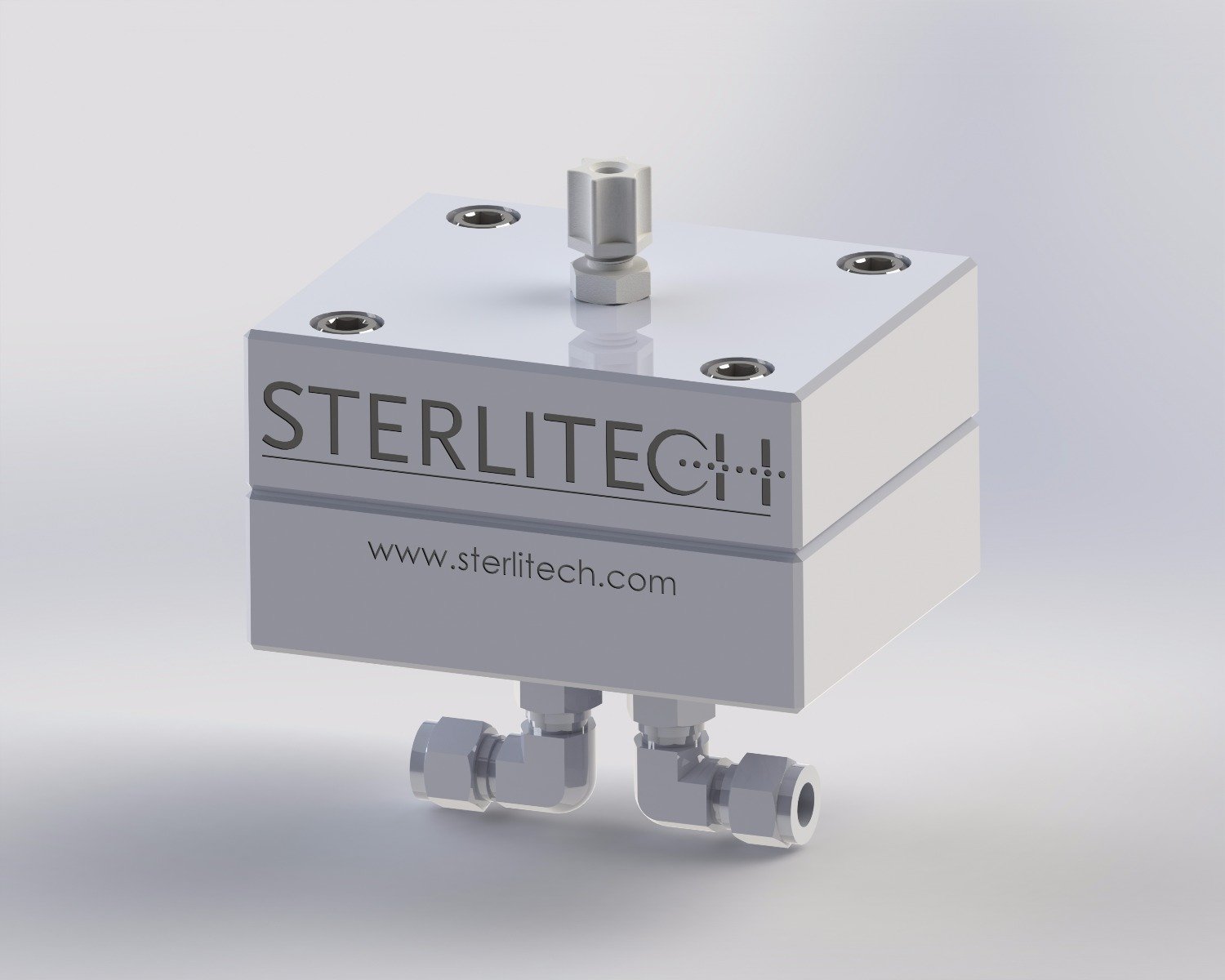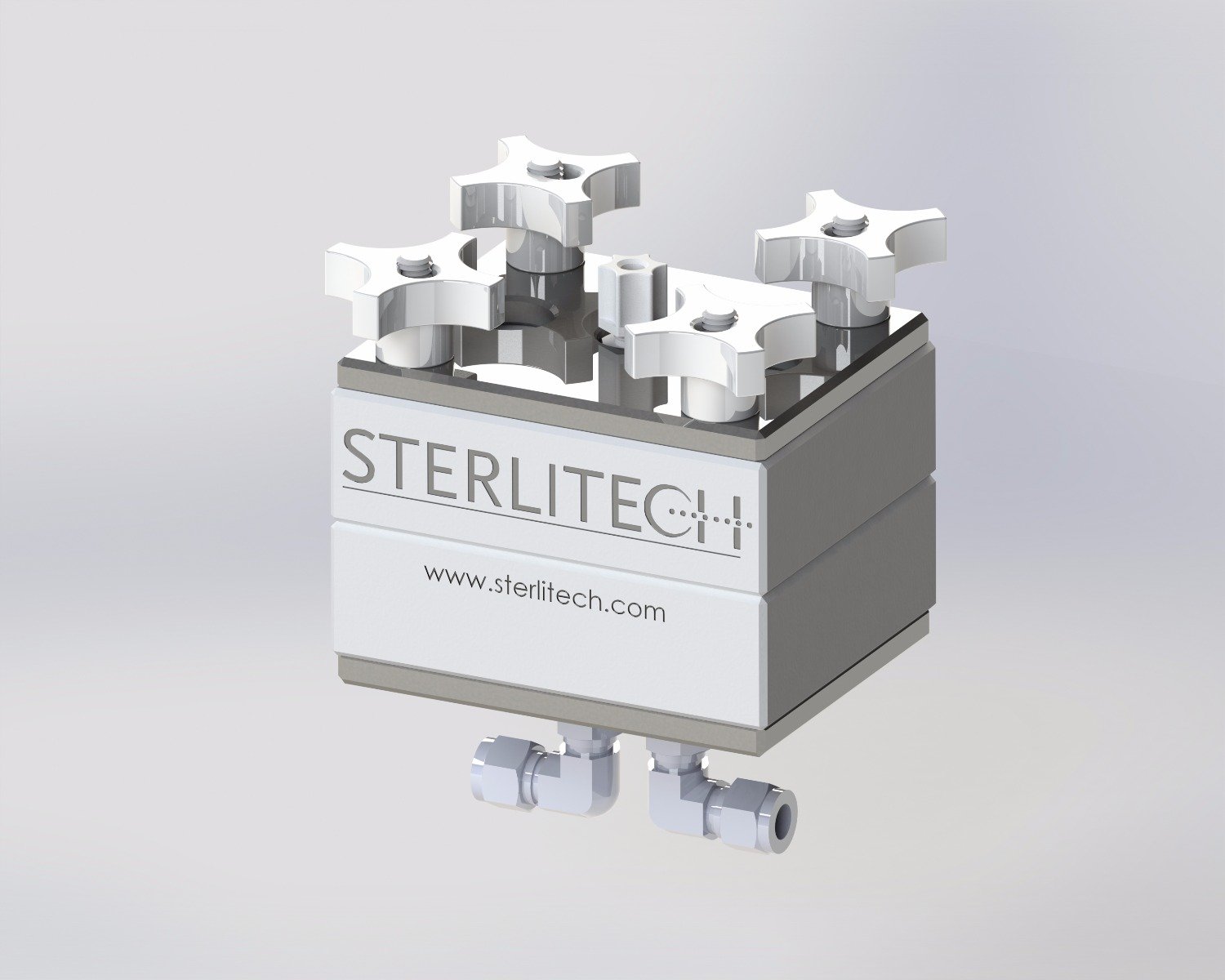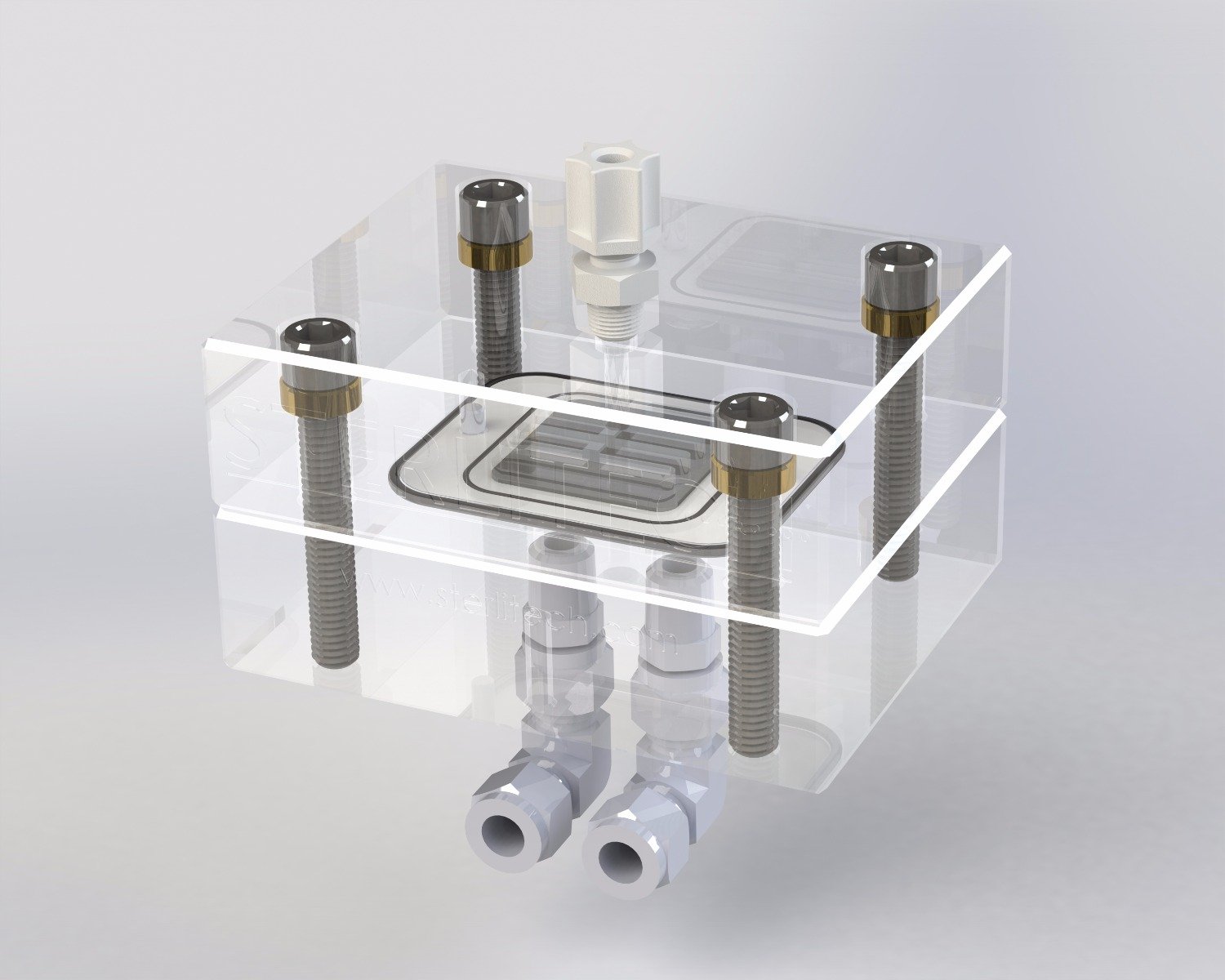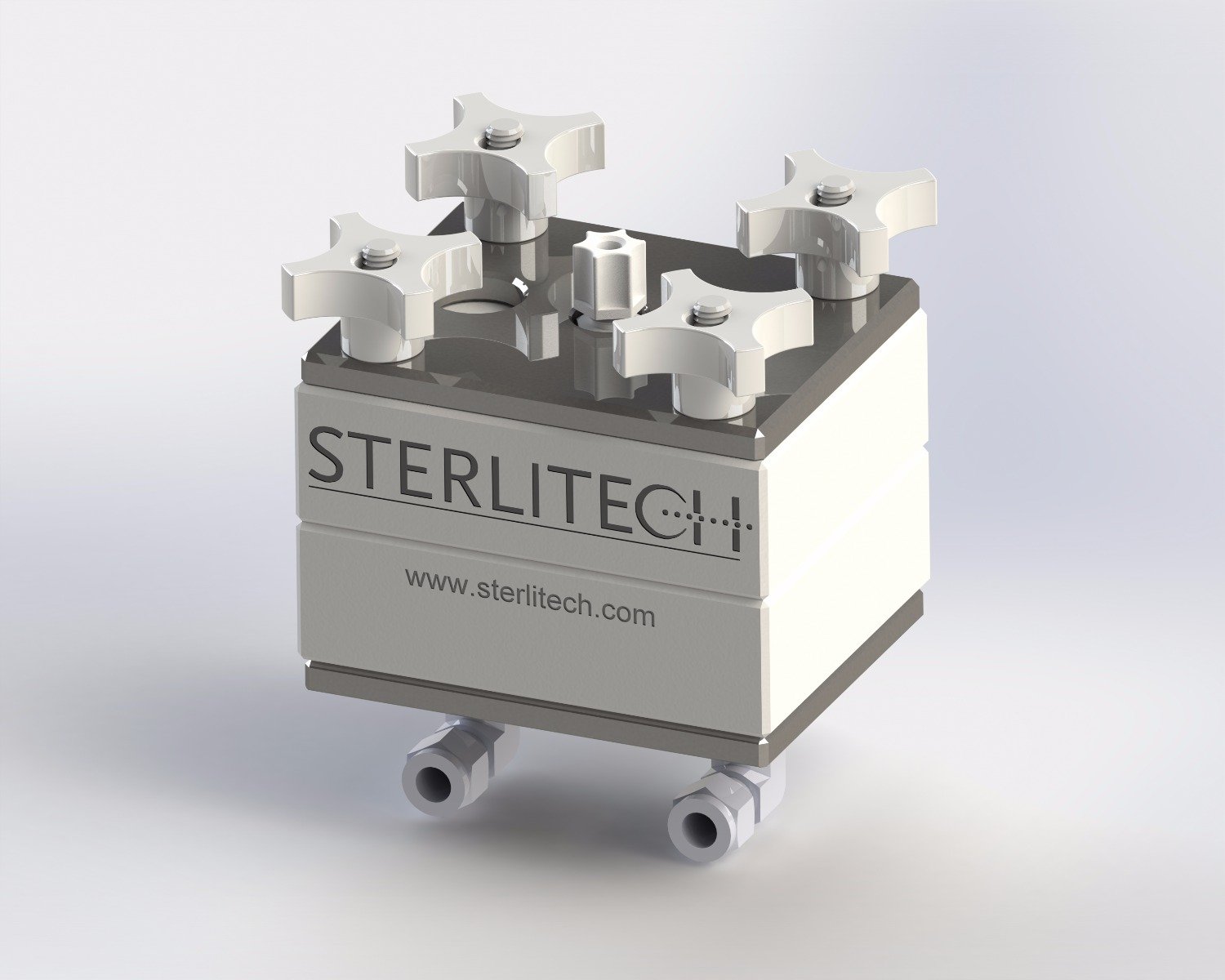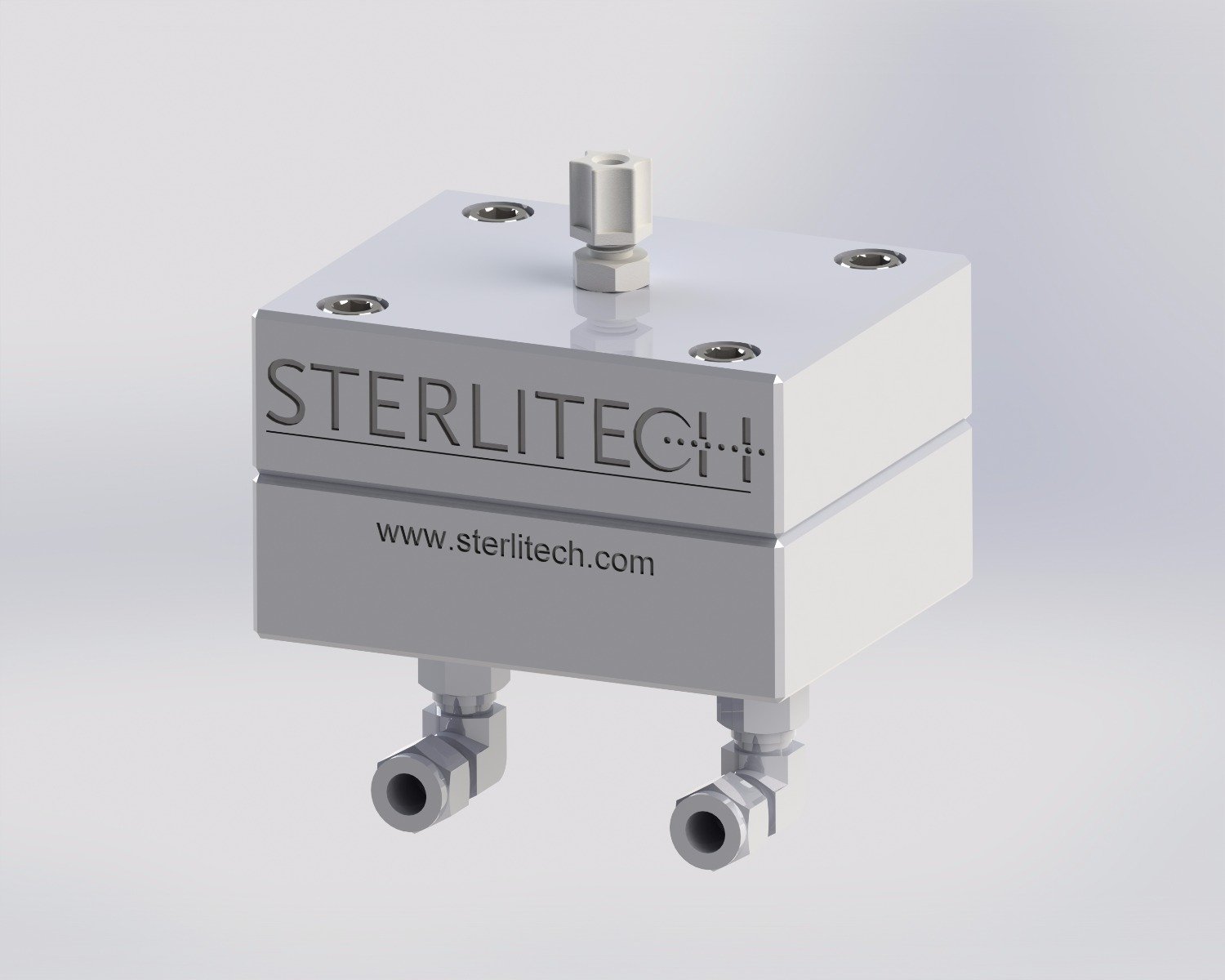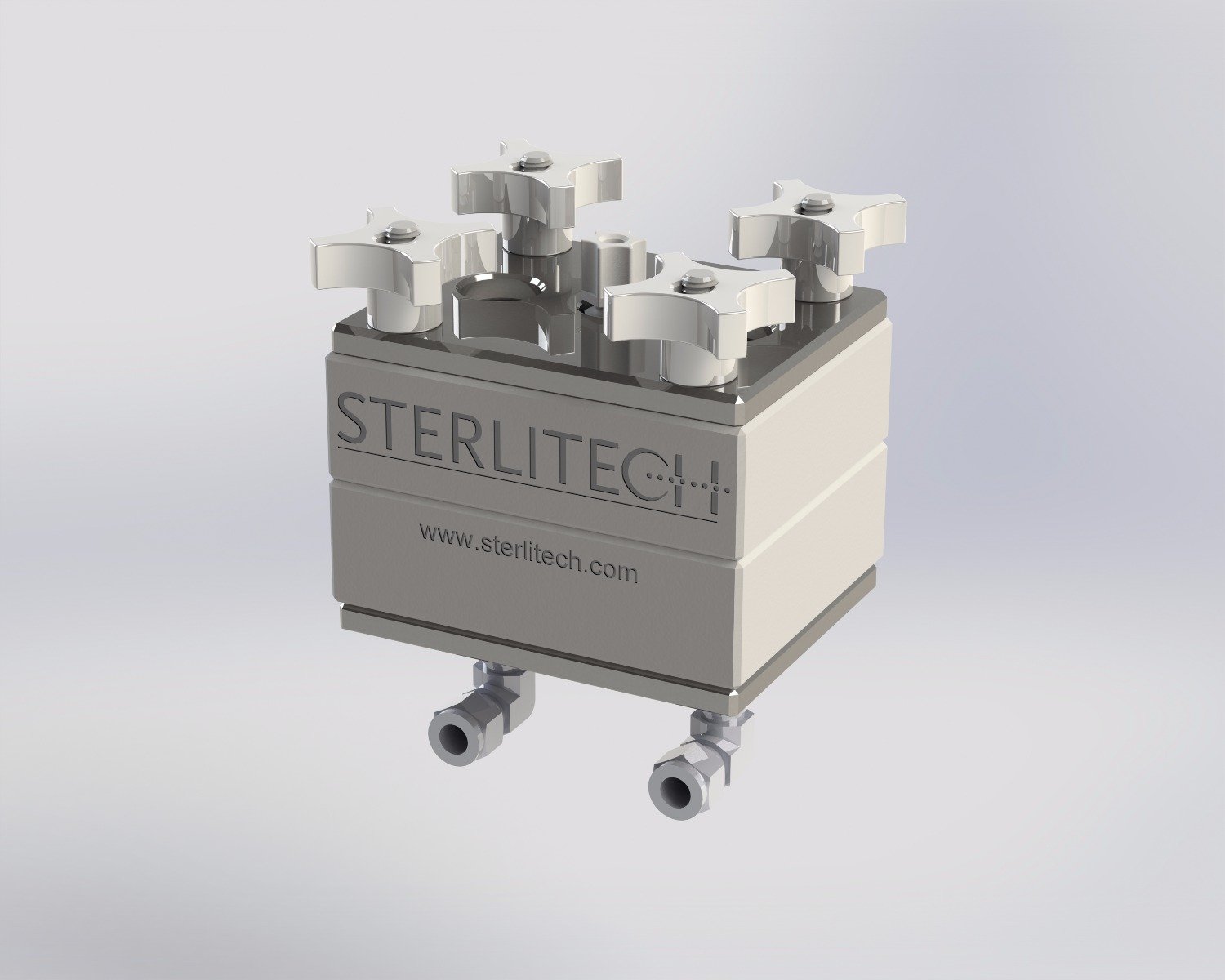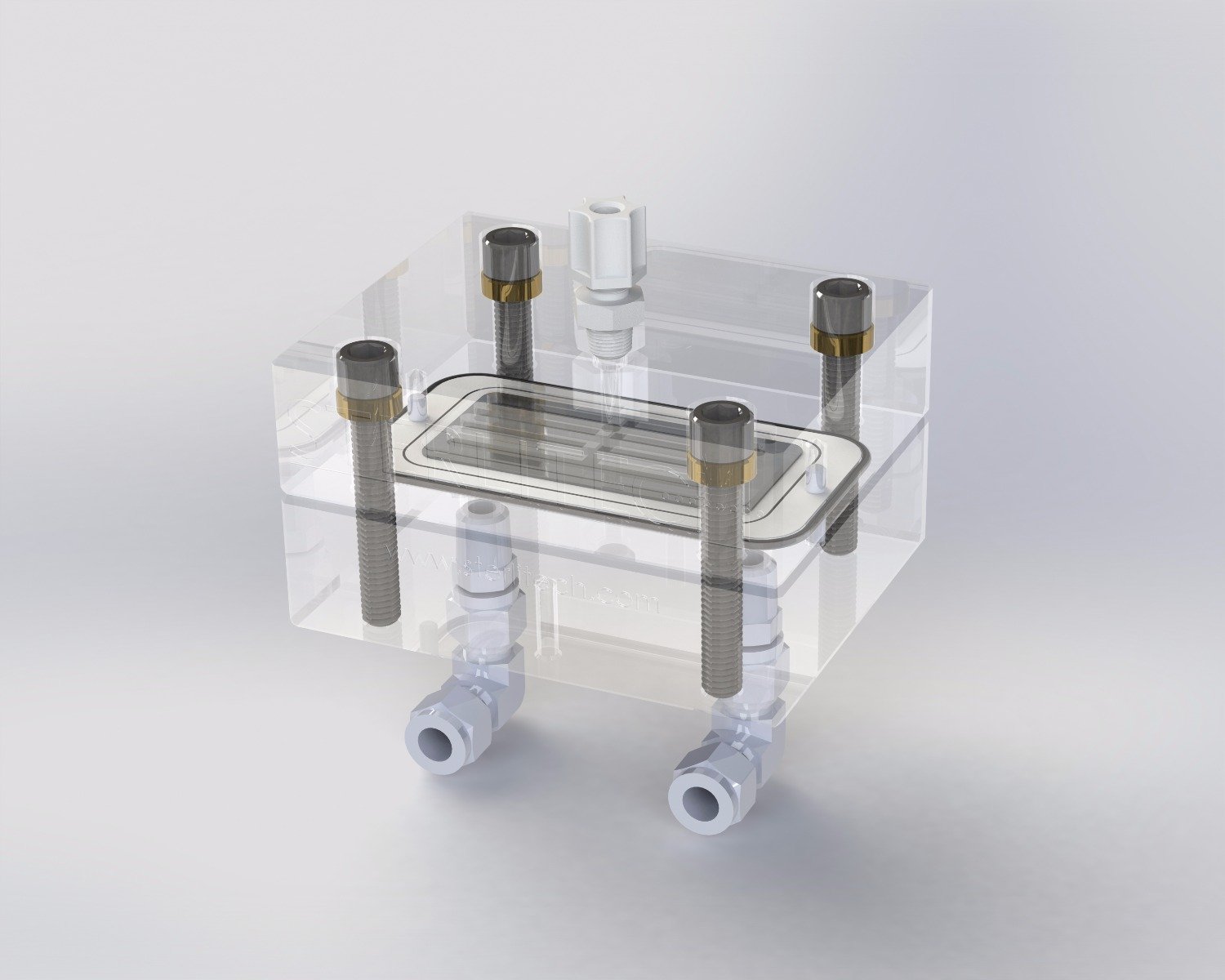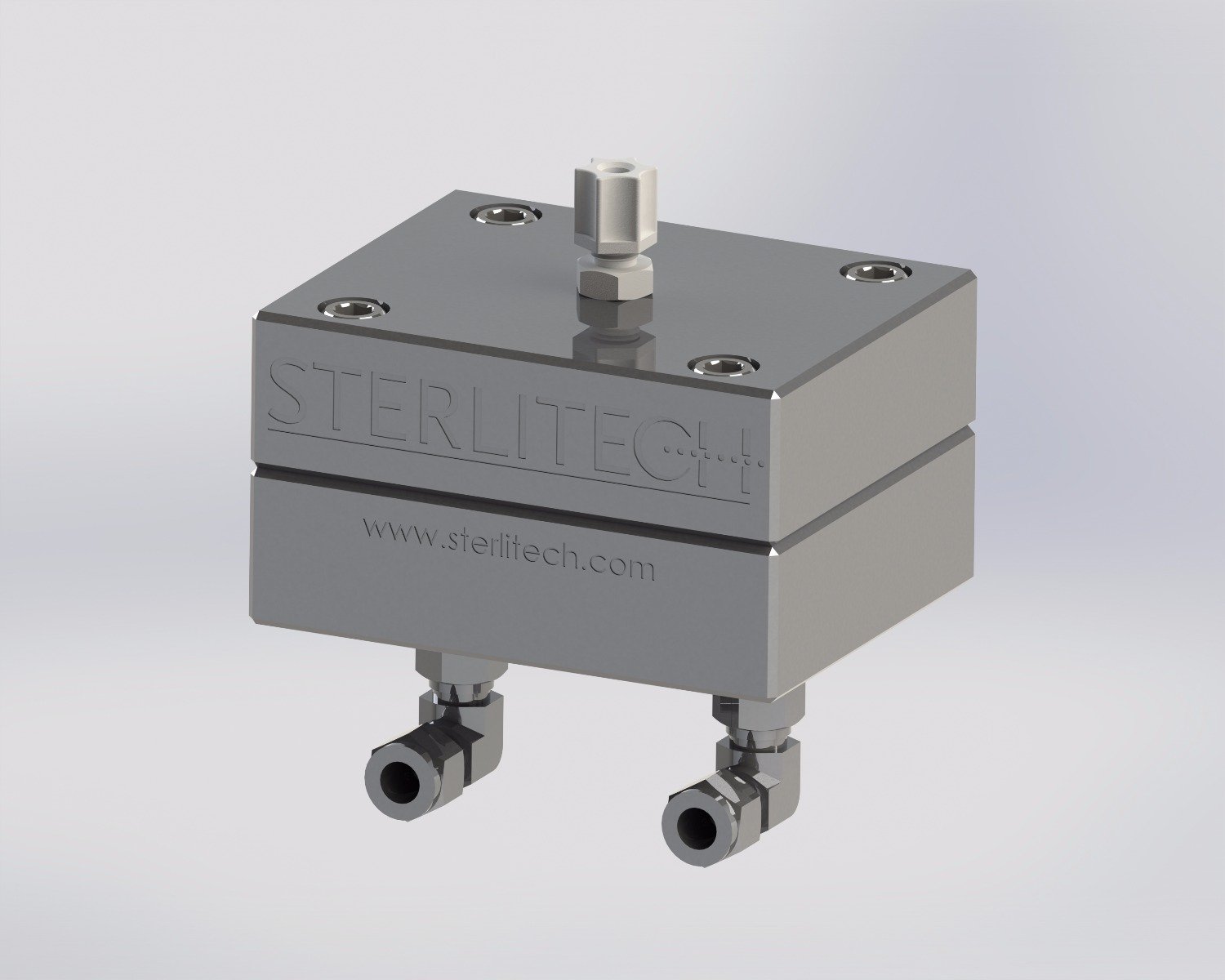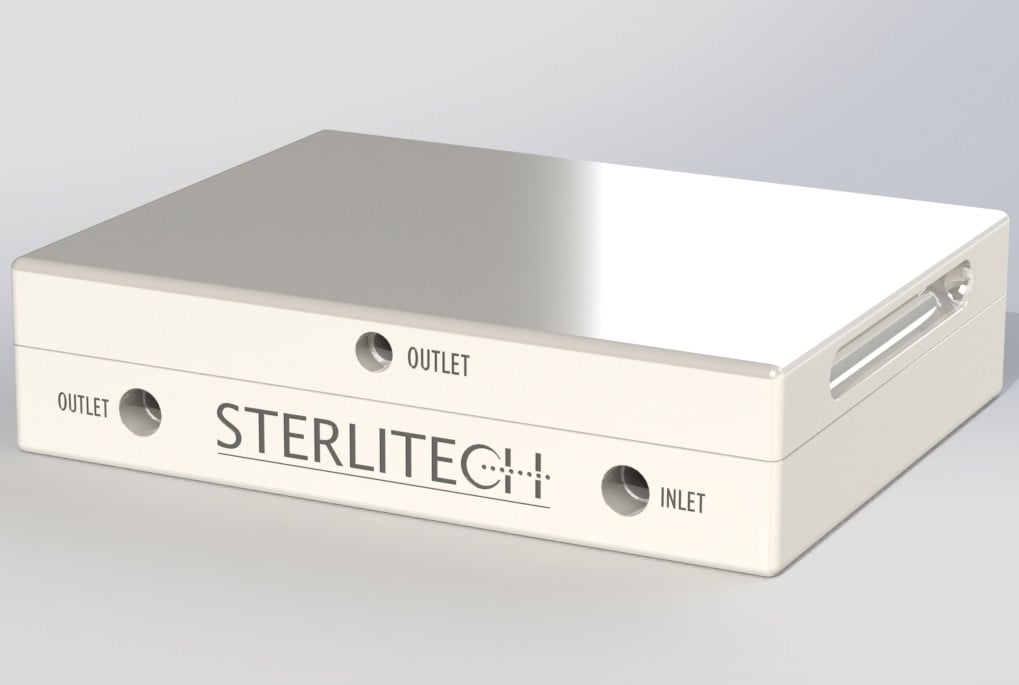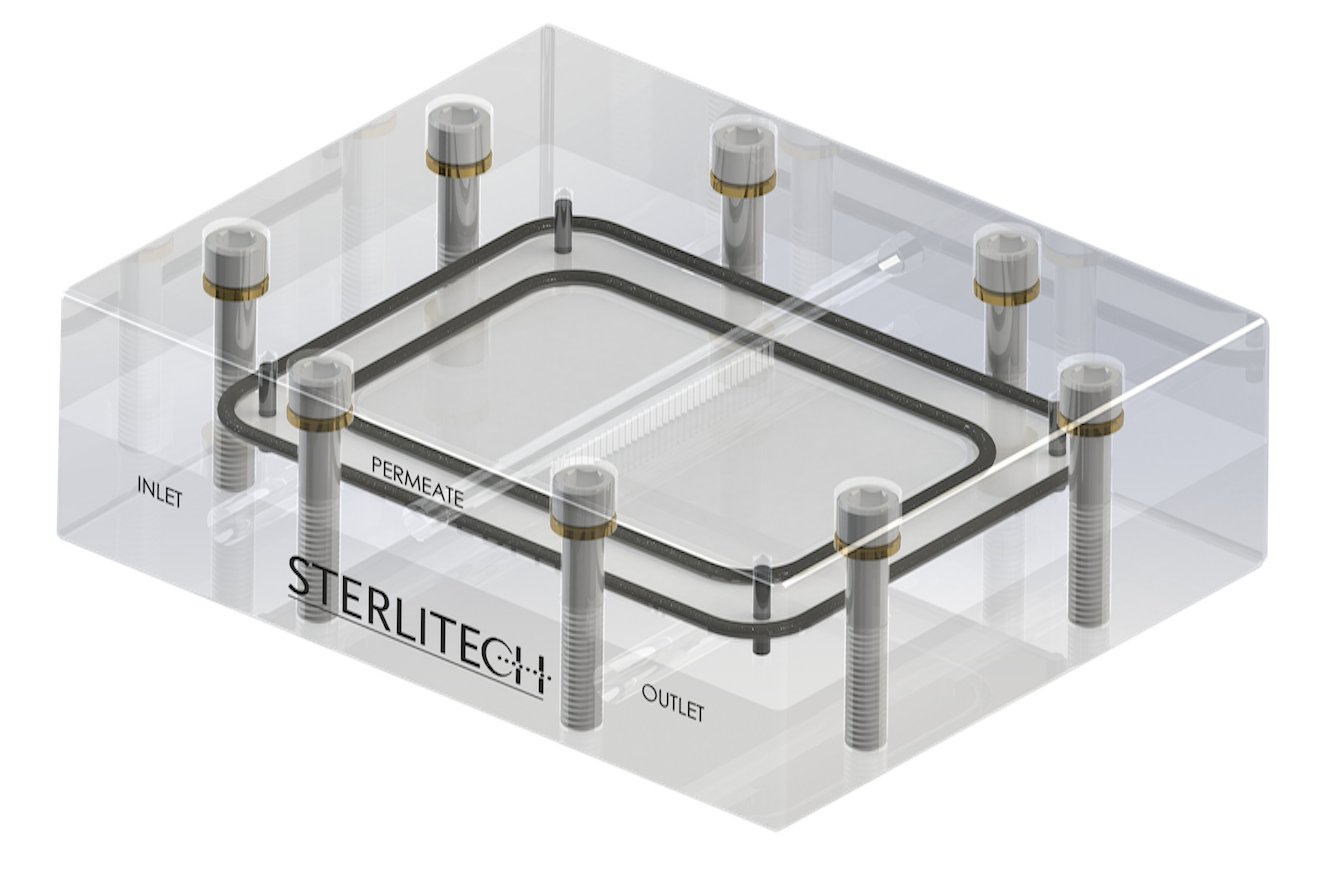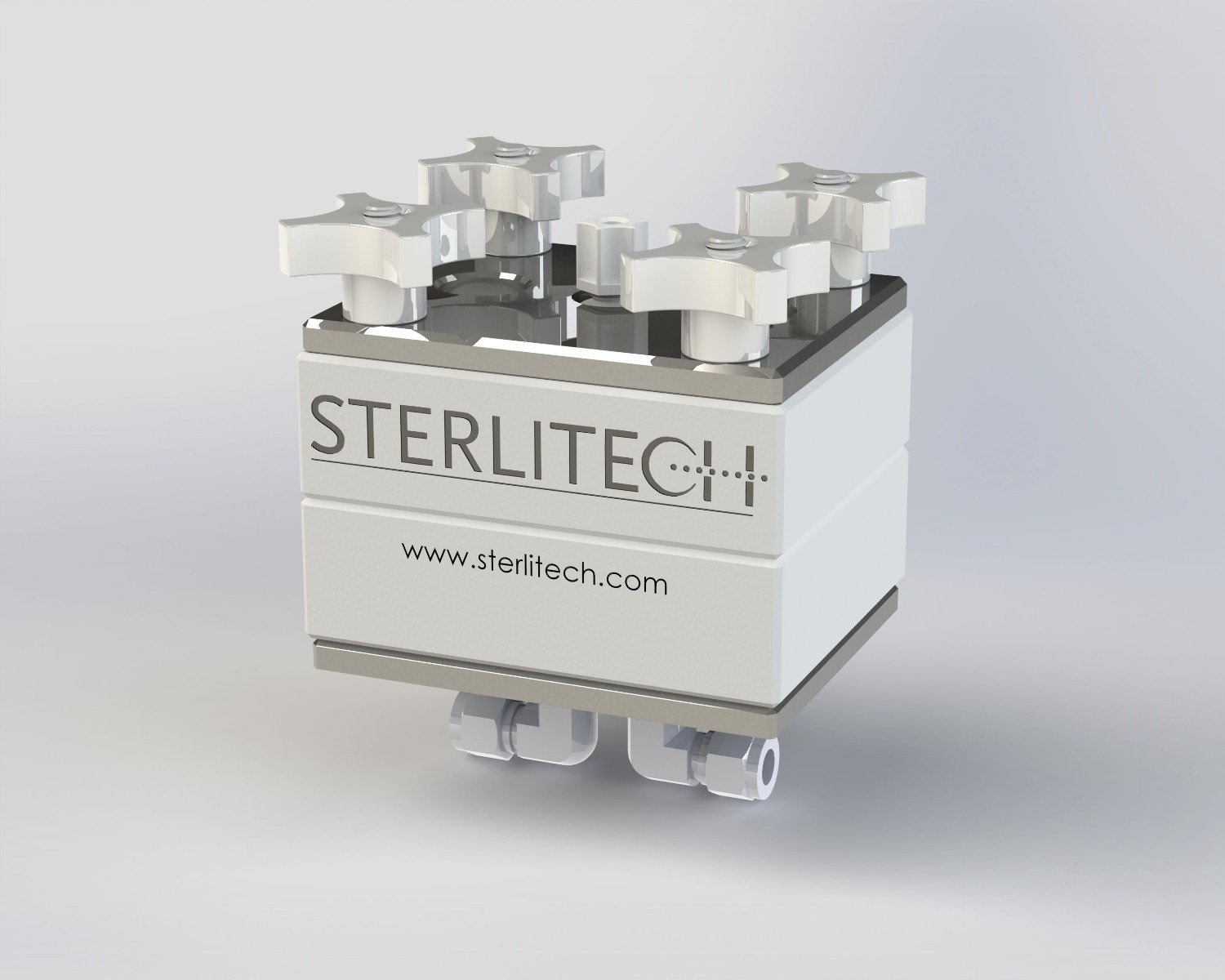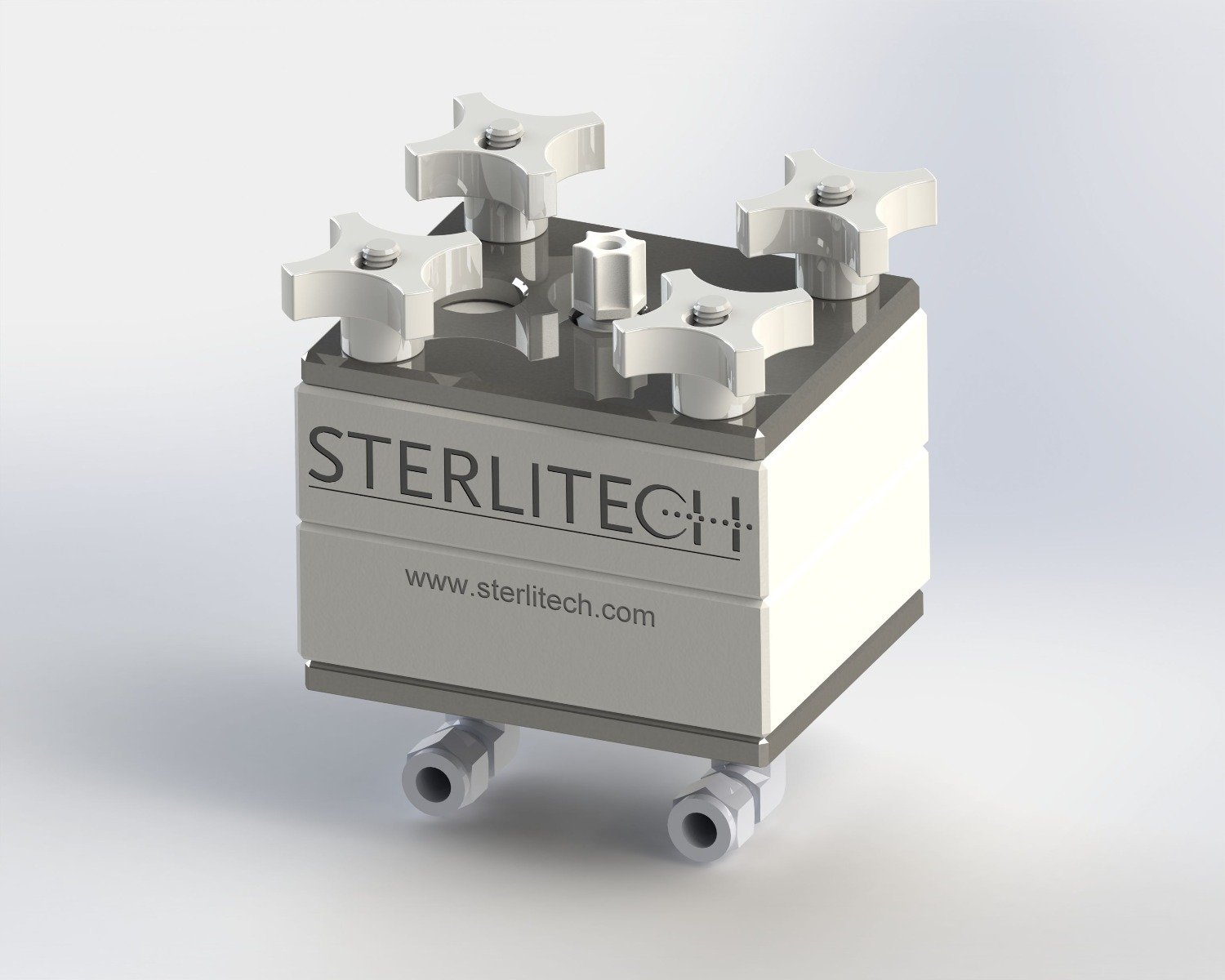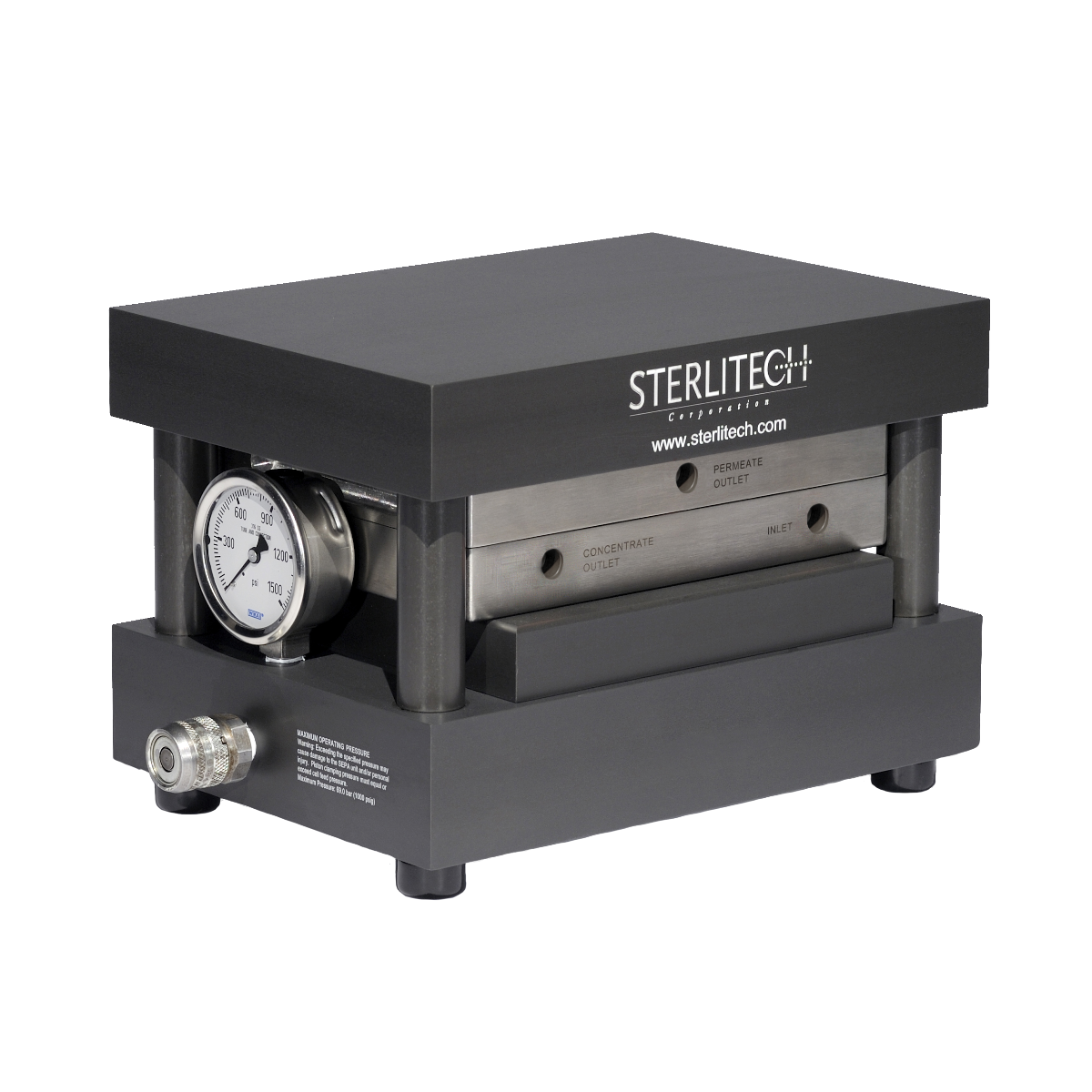Explorer Cross/Tangential Flow Kit, Low Pressure, 110V, 60Hz, 1Ph
This kit enables operation of cross flow cells with small working and hold-up volumes. With a total hold-up volume <1 liter in the test cell and circulation line, this benchscale cross/tangential flow filtration system is ideal for filtering valuable feed solutions and/or small sample volumes. Cross flow cells are sold separately.
Details
Explorer Cross/Tangential Flow Kit, Low Pressure, 110V, 60Hz, 1Ph
Applications
Cross/tangential flow test cells are typically used in membrane applications such as :
- Biological or biopharmaceutical processing
- Concentration of fruit juices and extracts
- Food and beverage processing
- Desalination of brackish water or seawater
- Purification of rinse water in electroplating tanks
- Municipal or industrial water and wastewater purification
Specifications
Specifications by Material:
| Product Family | Innovator | Explorer | Developer | ||||||||
| Material | Acetal (Delrin) | 316 Stainless Steel | Virgin PTFE | Acrylic | Acetal (Delrin) | 316 Stainless Steel | Virgin PTFE | Acrylic | Hastelloy | 316 Stainless Steel | Acrylic |
|
Torque Settings (in-lbs) |
60 | NA | 15 | 70 | 60 | NA | 15 | NA | 70 | NA | 70 |
| Max. Pressure |
69 bar (1000 psig) |
69 bar (1000 psig) |
27.6 bar (400 psig) |
27.6 bar (400 psig) |
69 bar (1000 psig) |
69 bar (1000 psig) |
27.6 bar (400 psig) |
27.6 bar (400 psig) |
69 bar (1000 psig) |
69 bar (1000 psig) |
27.6 bar (400 psig) |
| Max Temperature |
82°C (180°F) |
150°C (302°F) |
260°C (500°F) |
88°C (190°F) |
82°C (180°F) |
150°C (302°F) |
260°C (500°F) |
88°C (190°F) |
150°C (302°F) |
150°C (302°F) |
88°C (190°F) |
General Cross Flow Cell Specifications:
| Active Membrane Area | 20.6 cm2 (3.2 in2) | 42 cm2 (6.5 in2) | 140 cm2 (22 in2) |
| Hold-Up Vol. | 13 mL (0.44 oz) | 17 mL (0.57 oz) | 70 mL (2.4 oz) |
Connections |
Feed:1/4 in FNPT (base of cell) Concentrate1/4 in FNPT (base of cell) Filtrate:1/8 in FNPT (top of cell) |
Feed:1/4 in FNPT (base of cell) Concentrate1/4 in FNPT (base of cell) Filtrate:1/8 in FNPT (top of cell) |
Feed:1/4 in FNPT (base of cell) Concentrate1/4 in FNPT (base of cell) Filtrate:1/8 in FNPT (top of cell) |
| Outer Dimensions | 12.7 x 10 x 8.3 cm (5 x 4 x 3.25 in) | 12.7 x 10 x 8.3 cm (5 x 4 x 3.25 in) | 16.51 x 21.3 x 5 cm (6.5 x 8.38 x 2.07 in) |
| Active Area Dimensions | 4.52 x 4.52 cm (1.78 x 1.78 in) | 9.207 x 4.572 cm (3.625 x 1.8 in) | 9.7 x 14.7 cm (3.81 x 5.78 in) |
| Slot Depth | 0.23 cm (0.09 in) | 0.23 cm (0.09 in) | 0.19 cm (0.075 in) |
| Slot Width | 39 mm (1.54 in) | 39 mm (1.54 in) | 95.3 mm (3.75 in) |
Animation
 Frequently Asked Questions
Frequently Asked Questions
Q: Why is the flat sheet membrane I'm using measuring a flux value less than the published flux value?
Flow characteristics for a spiral element and flat sheet membrane are significantly different and are really only comparable on a qualitative basis. Variability in the membrane manufacturing process, differences in water composition, test procedures, and test equipment, used in a factory, laboratory, or elsewhere, will impact water flux results.
Q: What are the available materials of construction for the Sterlitech crossflow test cells?
The Sterlitech bench-scale crossflow test cells are available in a variety of materials to suit most applications:
- Stainless Steel
- PTFE
- HastelloyTM
- Delrin (natural acetal copolymer)
- Acrylic
Addtionally, there are a variety of available o-ring seals including Buna-N, EPDM, Viton, FEP encapsulated Viton, and FFKM (Markez).
Q: How do I install/remove permeate fittings or other plastic NPT fittings?
Sterlitech recommends to install all plastic fittings by hand using PTFE tape. If a plastic NPT or compression fitting starts to leak during operational testing, tighten the fitting carefully until the leaking stops. Excessive tightening may break the fitting or damage other components.
If the fittings is broken and stuck in the cell top, use a spiral flute extractor bit or similar tool to release the portion of the fitting in the cell top. If the cell top becomes cracked from removal efforts, a replacement can be purchased.



